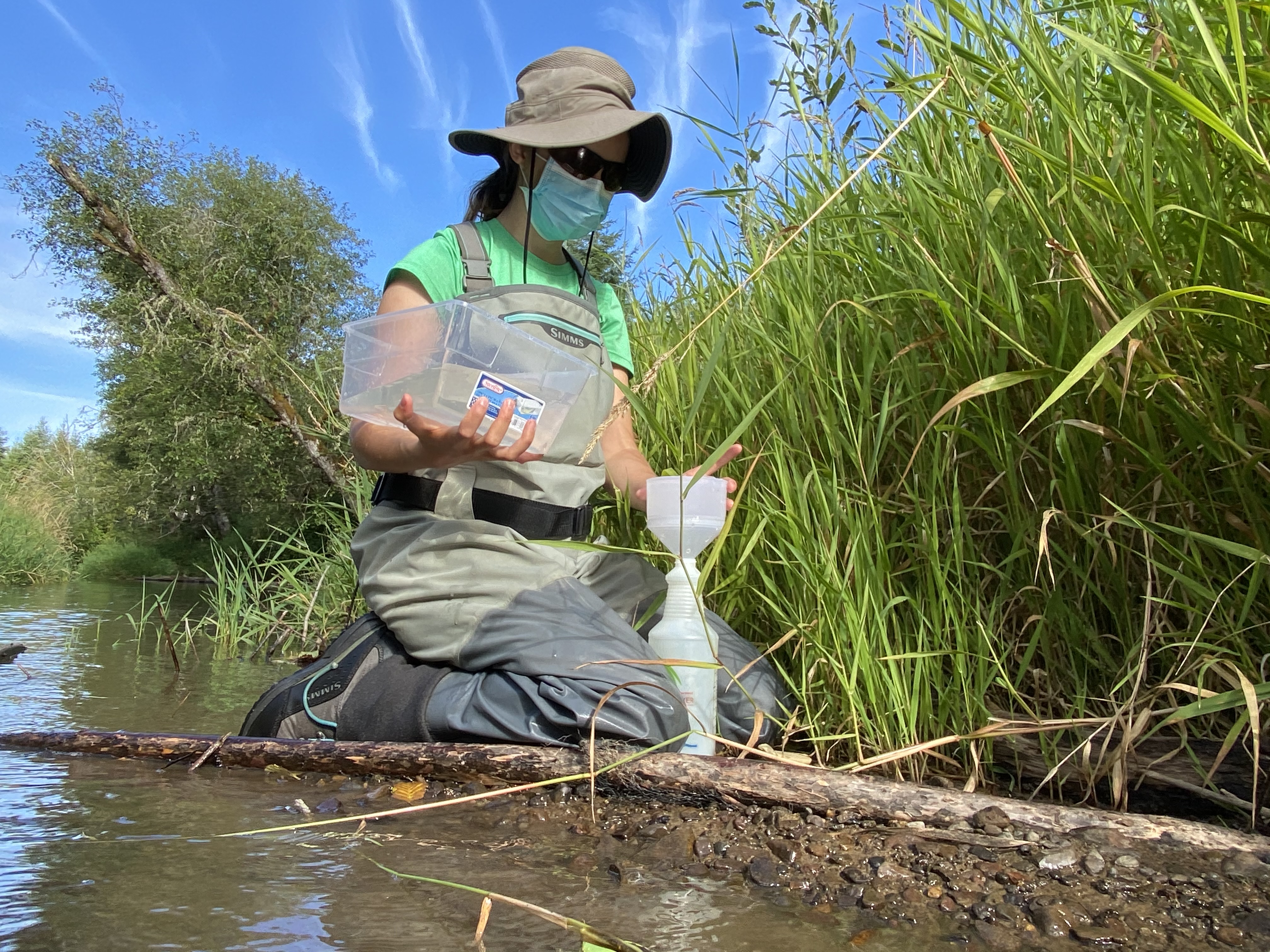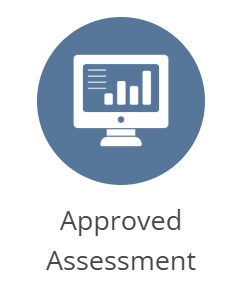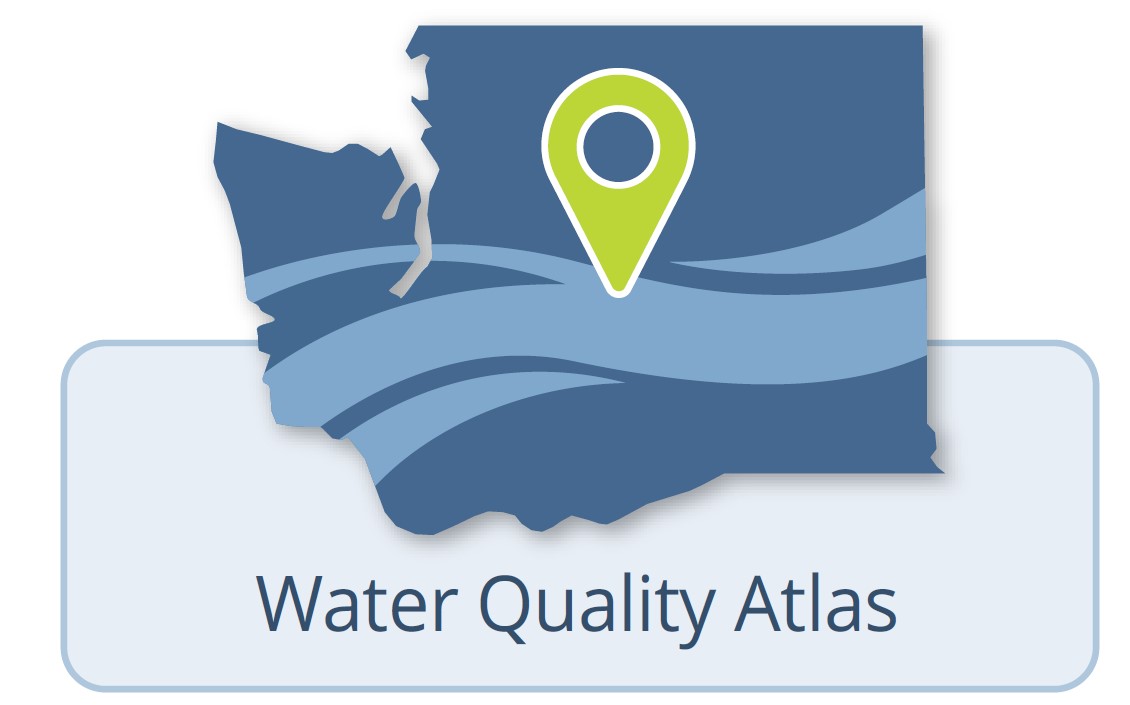Water Quality Assessment & 303(d) List
We perform a Water Quality Assessment, about every two years, to categorize water bodies as clean or polluted. Polluted water bodies are prioritized for cleanup plan development to restore water quality. The Assessment helps us use state resources more efficiently by focusing our limited resources on water bodies that need the most work.
We gather data and use it to determine if Washington’s streams, lakes, and marine water meet the water quality and sediment management standards or are polluted. To help ensure that the data we use are accurate, all data must meet our quality requirements found in Policy 1-11. The list of polluted water is commonly referred to as a state’s 303(d) list under the federal Clean Water Act.
You can view the results of the Approved Assessment in our online search tool or our mapping tool, the Water Quality Atlas.
We considered over 85 million data points from many water bodies across the state, including 10,047 miles of streams, 449 lakes and 633 square miles of marine water for the last Assessment. While this is a vast amount of water and data, the Assessment actually represents only a portion of Washington’s total water bodies. In other words, the Assessment is not a report card for water quality for all of Washington, but instead a snapshot in time of water quality for areas where we have data.
Current updates
Because we update the Assessment approximately every two years and we are constantly accepting data, we are often in multiple parts of the process, on different Assessments, at the same time. We can be finalizing one Assessment and starting the process of the next.
We accept data year-round. If you are interested in submitting data to EIM, email 303d@ecy.wa.gov and we will connect you with our EIM Data Coordinator.
2026 Water Quality Assessment
We completed our data call for the 2026 Assessment on July 7, 2025. Since there are no significant changes in our EPA approved water quality standards or Assessment methodologies, we will not be updating Water Quality Policy 1-11, Chapter 1 for this Assessment cycle. We are now beginning to review data and will update our webpage as we reach major milestones in the 2026 Assessment process.
Candidate Assessment
We submitted our 2022 Assessment to EPA on April 25, 2025 for their approval. Please see the links below for our database search tool, online map, our response to comments document and other information. The Assessment will remain a Candidate Assessment until EPA approves it. Then, we will update this page and send out notice to reflect it is the Approved Assessment and should be used for Clean Water Act regulatory purposes. Sign up to receive these updates on our Water Quality Improvement email list.
We held the public review and comment period on this Assessment from Nov. 4, 2024 to Jan. 10, 2025 with a public webinar on Nov. 13, 2024.
This interactive search and mapping tool includes additional layers of information.
Approved Assessment
On Aug. 26, 2022, the Environmental Protection Agency (EPA) Region 10 issued their final approval of our 2018 Assessment. This is the Approved Assessment and should be used for Clean Water Act regulatory purposes. Visit EPA's Washington 2014–2018 303d List website for more information on their decision.
View the Approved Assessment on our online search tool or our map-based Water Quality Atlas.
Supporting documents
- EPA approval letter
- Supporting information for the 2018 Water Quality Assessment publication
- See Appendix A for Sediment Category 4B cleanup sites
- Response to comments
- Focus On: Water Quality Assessment (August 2022)
Process to update the Assessment
The following process is the general steps we use to review and update the Assessment. We are working with the EPA and have used Lean principles to improve and make the process more efficient. Many components of the Assessment are automated, such as data analysis and assigning category determinations. However, several important processes require skilled technical staff to review and check data. The Assessment process also includes opportunities for Tribal and public involvement and review.

Assessment categories
As covered above in the Review data section, we take all of the data we have received and determine a category for each water body where data is available. Because we don't have data for all of Washington, the Assessment is a snapshot in time, rather than a report card of water quality. These categories consider how each water body is used, also called its designated uses, such as for drinking, recreation, harvesting, and habitat for aquatic life.
If water bodies are found to be polluted they are listed as Category 5, which is also called the 303(d) list, and those water bodies are required to have a cleanup plan. The 303(d) list, so called because the process is described in Section 303(d) of the Clean Water Act, lists all water bodies in the polluted water category. Federal laws, state water quality standards, and Water Quality Assessment Policy 1-11 guide which water bodies we place on the 303(d) list.
Related links
Contact information
Justin Donahue
Water Quality Assessment Scientist
303d@ecy.wa.gov
360-628-3630



